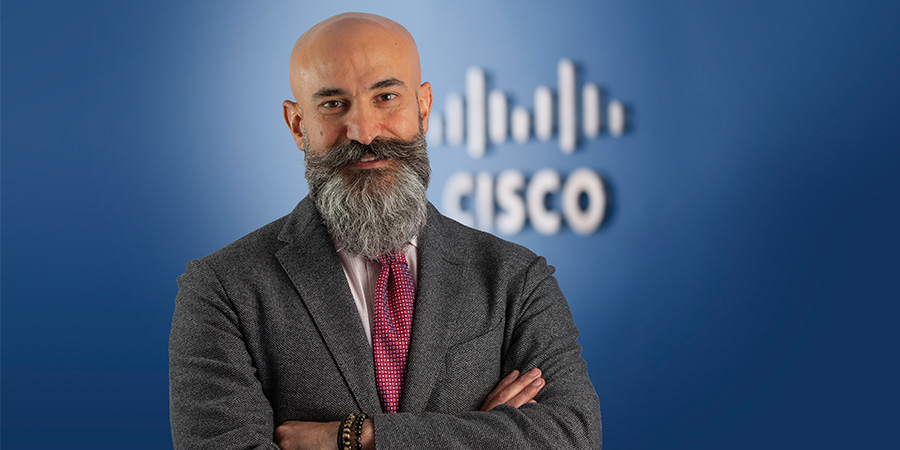Cisco identified emerging key technology trends that will emerge in 2022 as it prepares to participate in this week’s GITEX, scheduled until October 21, 2021, at the Dubai World Trade Centre.
“The past year has shown us how swiftly the pace of technological change moved forward, and we expect it to accelerate even further in 2022. Getting through the pandemic and having to quickly adapt and apply the technological changes to strategies and agendas was a challenging experience that simultaneously played a vital role in helping businesses, organizations and individuals through the pandemic and to recover from it,” said Shukri Eid, managing director for the Gulf Region at Cisco.
Looking ahead, Eid sees four important trends that will have a major impact on the business and communities around the world.
First, the expansion of 5G and Wi-Fi 6 networks will improve bandwidth, speed, and latency, and reach areas where fiber is prohibitively expensive. As a result, frontline mobile workers, telehealth, manufacturing, and education will all benefit. This in turn will level the digital divide as these new technologies spur growth and innovation for millions.
As workforces become more mobile, especially with remote working arrangements gaining widespread popularity, businesses would require even more agility moving forward. “Through using observability solutions, teams can shift to keep an eye on the data and insights that matter. As they continue to scale their transformations, insights, and automation will be key to future growth, resilience, and competitiveness,” explained Eid.
Another major trend the Cisco executive sees emerging is the potential of mobile applications to transform customer experiences to brand excitement. Companies that can turn huge amounts of real-time information into actionable initiatives in an immersive and personalized way can transform baseline customer satisfaction into deep customer engagement, excitement, and loyalty.
Finally, Eid believes consumption models for technology will continue to shift, especially as more features and capabilities become available via software, whether on-site or in the cloud. “These pay-as-you-consume models are far too flexible and cost-effective to ignore. They will enable organizations to pay only for the technology features they need, and can then quickly scale other services when required,” he concluded.










